Scouse Flowerhouse is a…
Joyous celebration of flowers and creative ecology
It’s about imagining what is possible with wildflowers as a starting point
It’s infectious ways of bringing wildflowers back to the people.
We ask to celebrate and share your take on scouseflowers
To connect to our City, by loving the land and what it can produce
The Scouse Flowerhouse wants you to sow, grow, hop a long, hum a tune, whistle or sing a song, draw, paint, photograph, meditate, levitate, hang on, help out, stick with it, let the Mersey grit show its beauty.
We’re about wildflowering as a verb – a local action contributing to a colourful city mosaic
Our Scouse Flowerhouse is about looking and learning, noticing and responding.
About perceptive and playful ways of elevating our landscapes
It practices the principles of the Northern Flowerhouse, which has its heart in this City
We believe in the possible and transformative change.
Liverpool Wildflower Gateways have been funded in 2019 and 2020 by Liverpool City Council with a mix of Section106 and ward budgets. Liverpool Wildflower Gateways are opening the doors to a culture change with Scouse Flowerhouse, combining social and environmental drivers to collectively build sustainable and biodiverse landscapes in Liverpool.
REWIND
It has been a very winding road to here. Landlife was founded in 1974, having bought the Old Police Station on Lark Lane for a song. Landlife’s early work involved wildflowering landscapes in Liverpool and across the country and lobbying for creative conservation of post-industrial sites. Inspired by Professor Tony Bradshaw, Landlife built a team of creative ecologists and partnerships which led to the building of the National Wildflower Centre in Knowsley at the same time as the Eden Project.
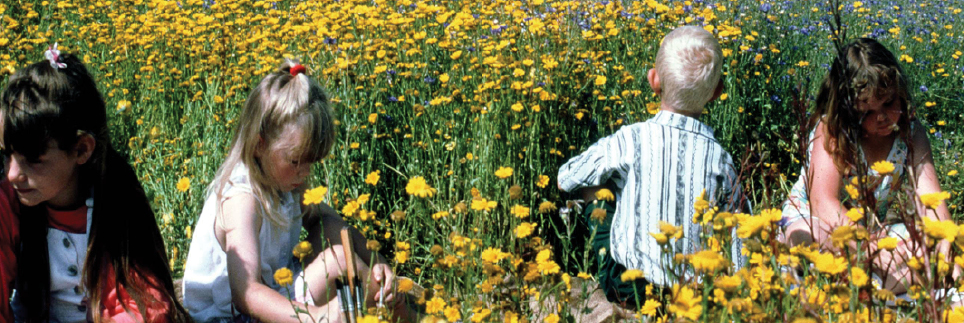
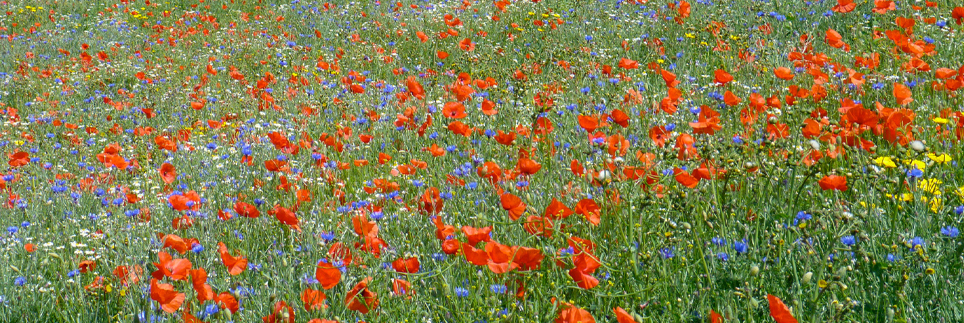
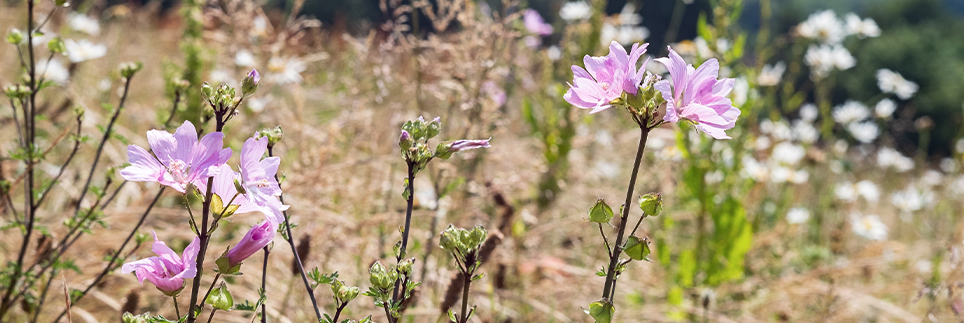
Photographs by Richard Scott and Mark Loudon
Community partners and schools have helped the Northern Flowerhouse grow. Poppies are a symbol of prosperity and good fortune in China and the longstanding partnership between Pagoda Arts and the National Wildflower Centre has been wonderfully enriching.
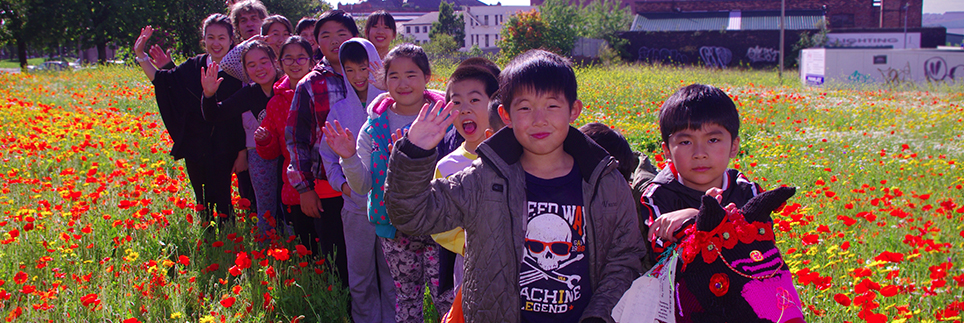
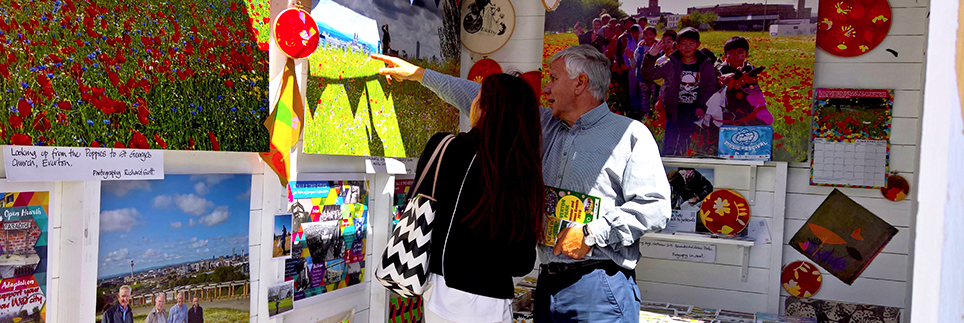
Photographs by Antony Wong and Richard Scott
National Wildflower Centre won the Kew Grow Wild England Flagship Award in 2014, with 20,000 votes and sowed wildflower seed with community groups in Everton and Hulme. This project involved a good number of creative commissions with songwriters, poets, writers, textile-makers, theatre-makers and recordings with musicians. We were delighted to work with a string of local and international artists, school-children, passionate community gardeners and activists over this period of time, touring some of the work to prestigious venues, such as St George’s Hall, Manchester Museum, Liverpool Cathedral, Band on the Wall, Z-Arts and Liverpool’s World Museum.
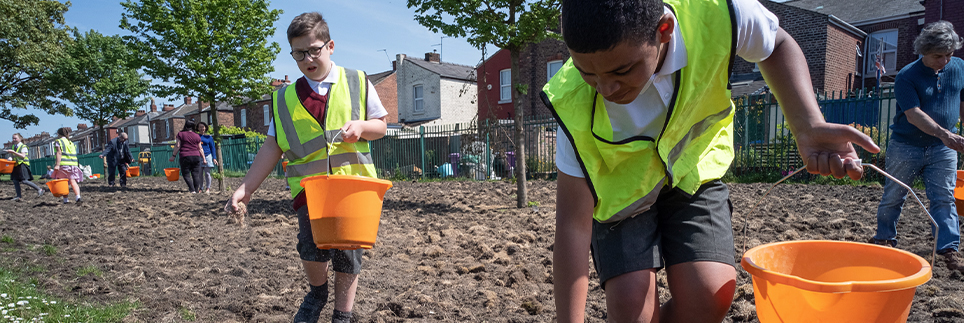
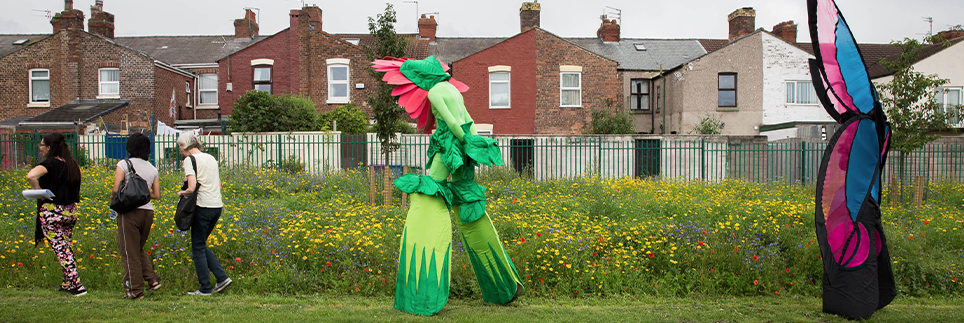
Photographs by Mark Loudon and Jane MacNeil
Meanwhile, Court Hey Park, which had become a community hub and focal point for urban ecology, was sadly closed in January 2017. Fortunately, the charitable legacy of the National Wildflower Centre lives on. It was saved by the generosity of the Eden Project in giving the National Wildflower Centre a new home. evolving new landscape projects and seed production, building on long term experience with new energy associated with Eden Project’s own project work and team, being continued under the leadership of Richard Scott, who is now employed full-time by the Eden Project in Cornwall, and who is working on a number of exciting national projects. https://www.edenproject.com/eden-story/our-ethos/national-wildflower-centre
This has been notably well supported by National Museums Liverpool and Liverpool City Council.
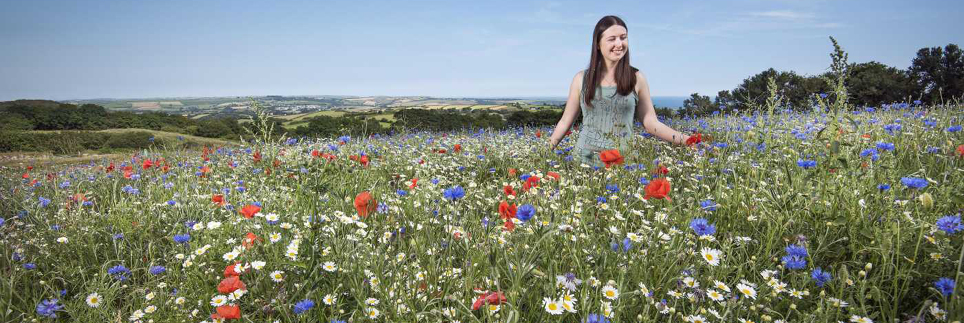
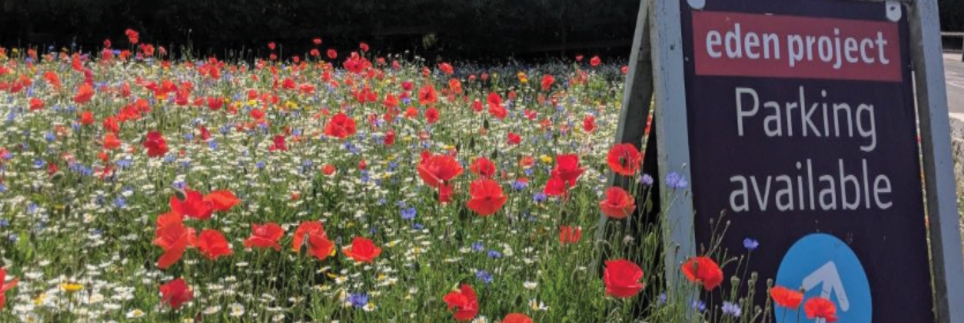
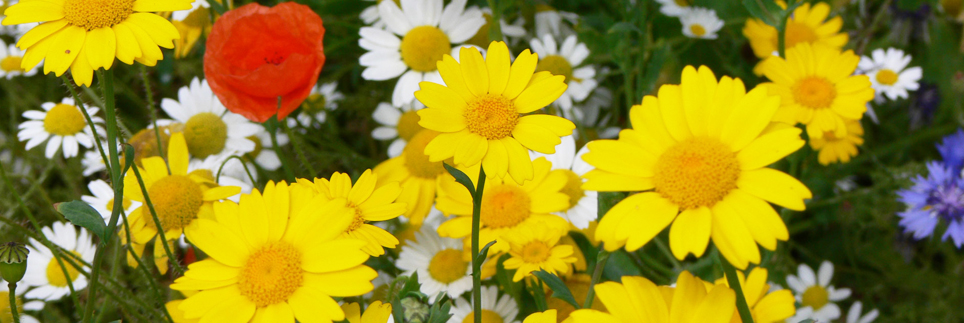
The Tale of Two Cities project led to the foundations of the Northern Flowerhouse being built, meetings between Lord Mayors and a commitment to positive social and environmental change.
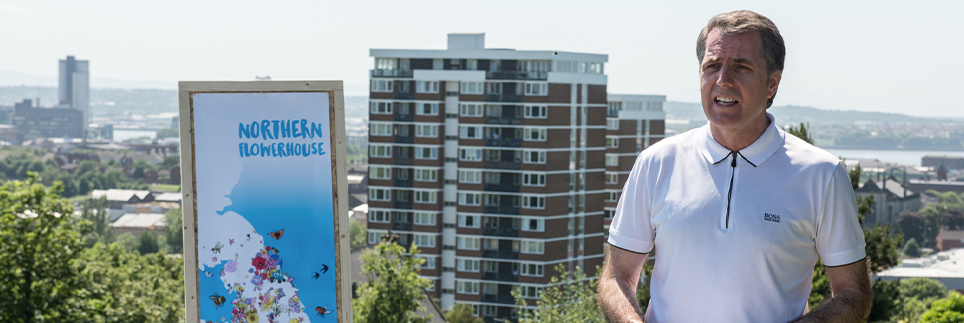
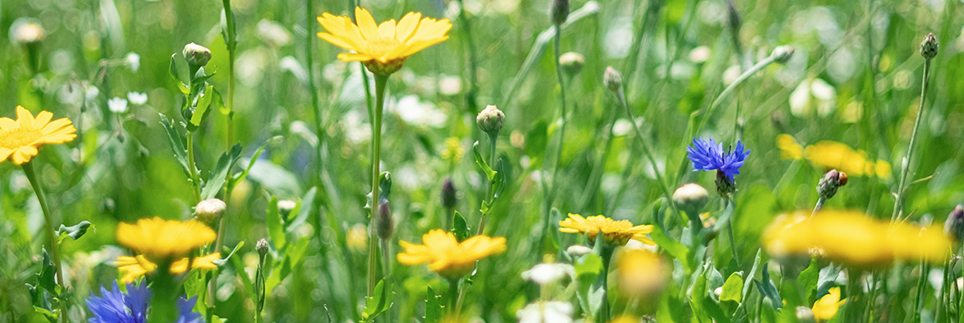
Photographs by Mark Loudon
Scouse Flowerhouse came from Liverpool City Council’s commitment to Wildflower Gateways the same year that Liverpool declared a Climate Emergency and created a Cabinet post to address climate change in a holistic way across the City. The term was coined by a true Scouser who sees the potential for young people to engage with the wildflowers in sites across the City.
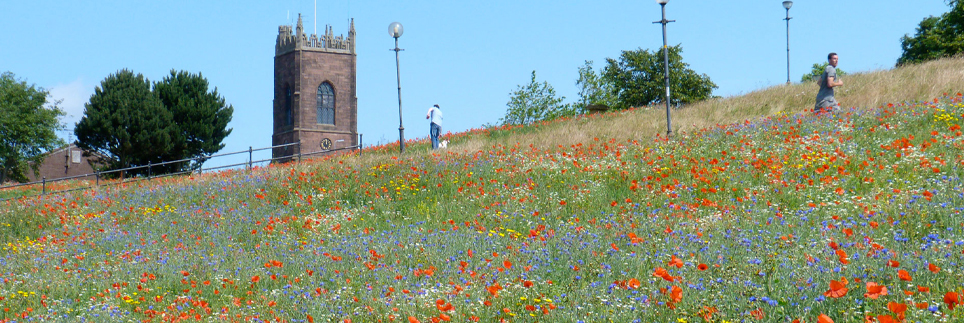
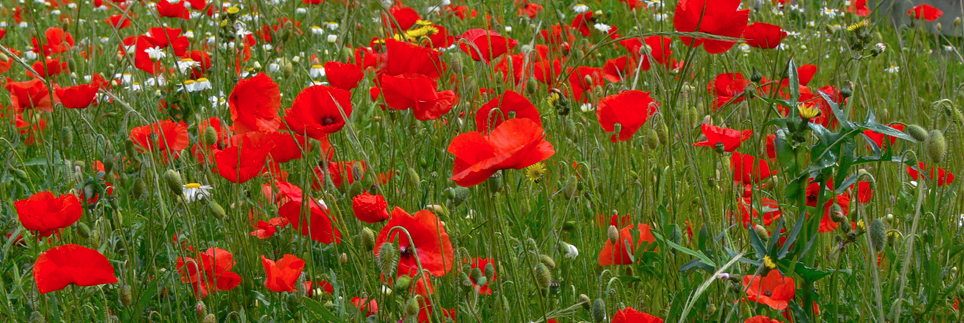
Though we can’t hold celebratory events in 2020, we are starting to plan community sowings in September 2020 and identify new sites in 2021 to start to piece together a colourful city mosaic, bringing back nature into public spaces with and for the people of Liverpool.

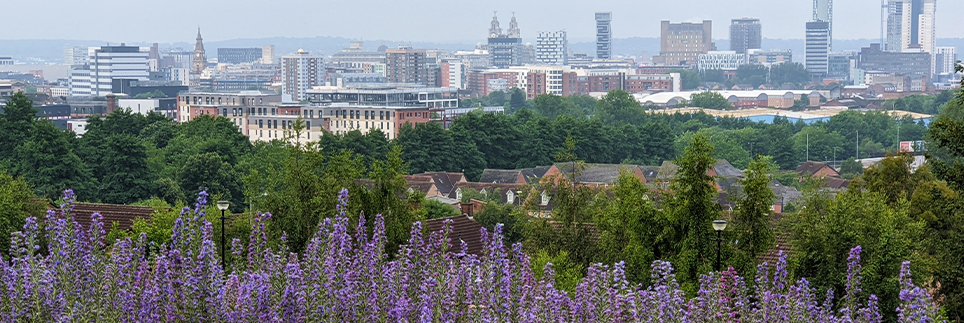
Photographs by Richard Scott
















